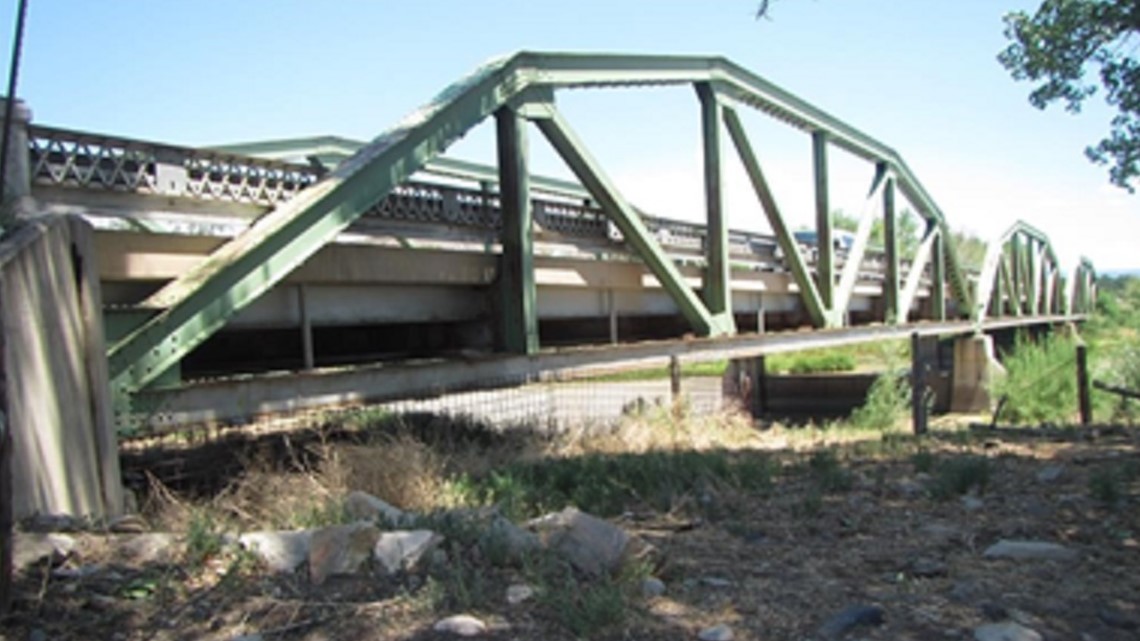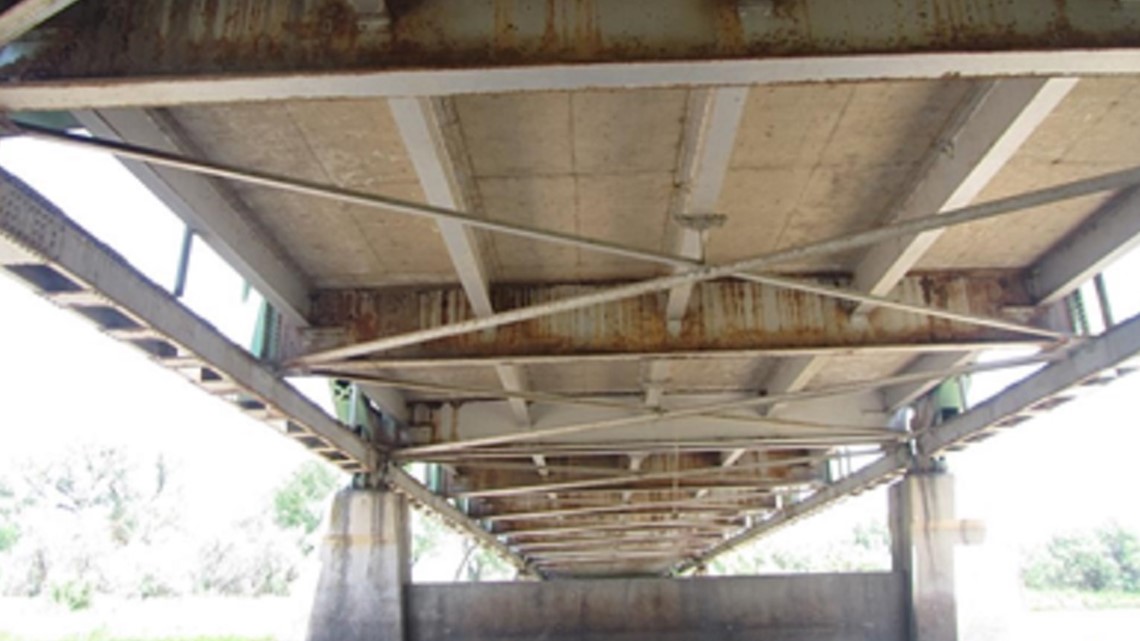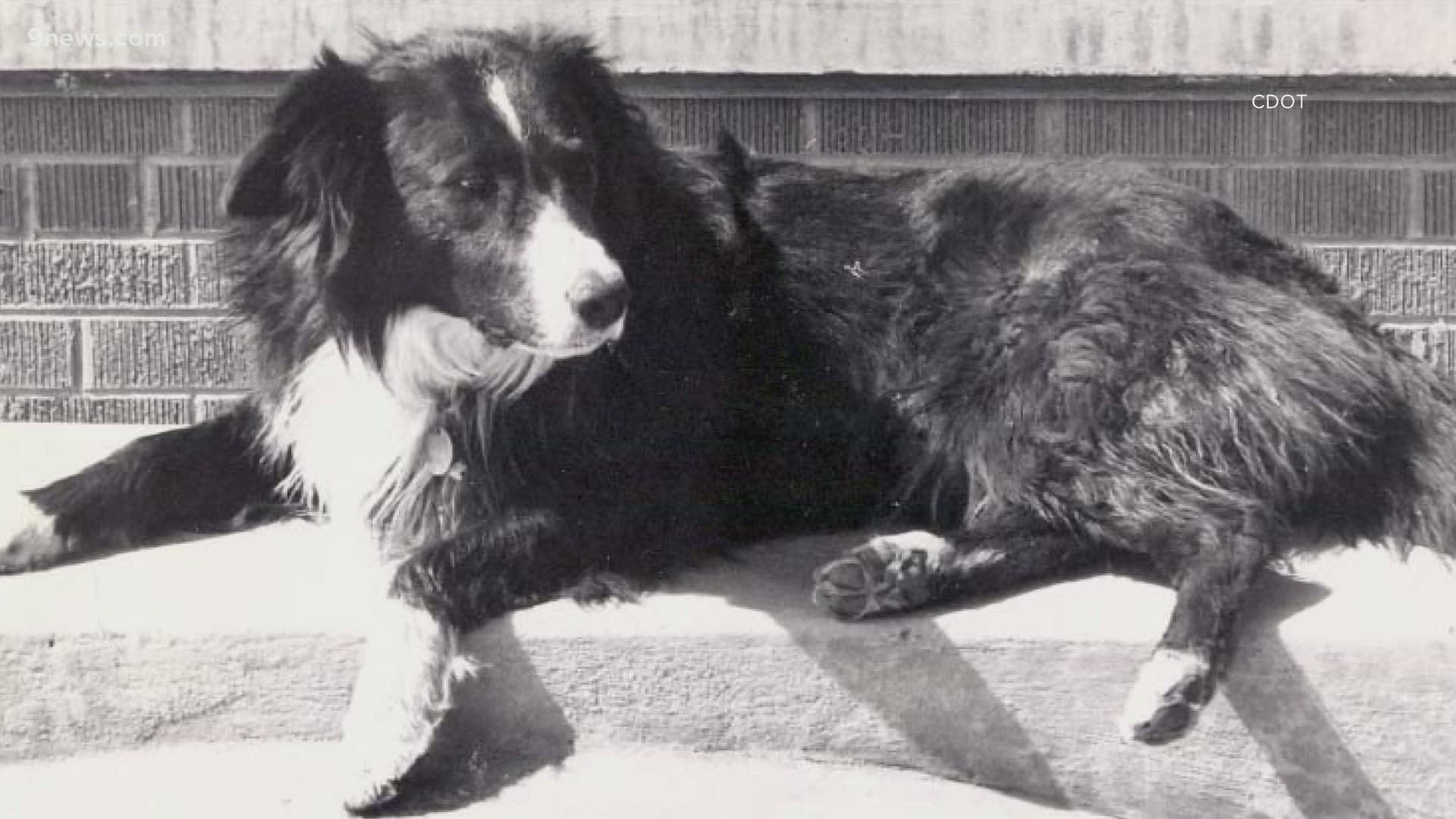DELTA, Colo. — The historic Gunnison River Bridge on CO 92 near Delta is available for adoption to any public or private entity that is interested in relocating it, the Colorado Department of Transporation (CDOT) announced.
The 83-year-old structure is located about six miles east of Delta and is the longest of three remaining Camelback pony truss bridges on the state highway system, CDOT said.
Each span is 125 feet long and 33 feet wide. Two of its three trusses are available and could be good candidates for reuse as part of a recreational trail or road for motor vehicles. However, a new deck and abutments are required at a new location.
The structure is currently eligible for placement on the National Register of Historic Bridges.


“Our infrastructure is a tremendous part of our history and the state’s cultural landscape. But, it also has to work, which means ensuring that our bridges remain safe and functional at current standards,” said CDOT Executive Director Shoshana Lew.
“CDOT is working hard to develop innovative approaches to help preserve historic structures that have outlived their useful life. This partnership is an example of that creativity at work to integrate past and present.”
>Video above: Bridge in Broomfield named after 4-legged greeter
CDOT said whoever adopts the bridge would be responsible for relocating and reassembling the bridge. The agency was also up front about the fact that due to its age the paint contains lead and other possible items that will require careful removal and containment, and could result in additional costs.
Those interested in adopting the bridge must submit a relocation plan detailing its proposed use, location, and available resources to assure future maintenance.


Potential recipients also should state their intention to follow all environmental regulations concerning the treatment of lead-based paint on the structural steel components.
Although CDOT would like the reassembled trusses to look and function as originally designed, other uses for the trusses will be considered, according to CDOT Senior Staff Historian Lisa Schoch.
The current bridge is rated as structurally and functionally obsolete and will be replaced beginning in November 2021.
SUGGESTED VIDEOS: Feature stories

